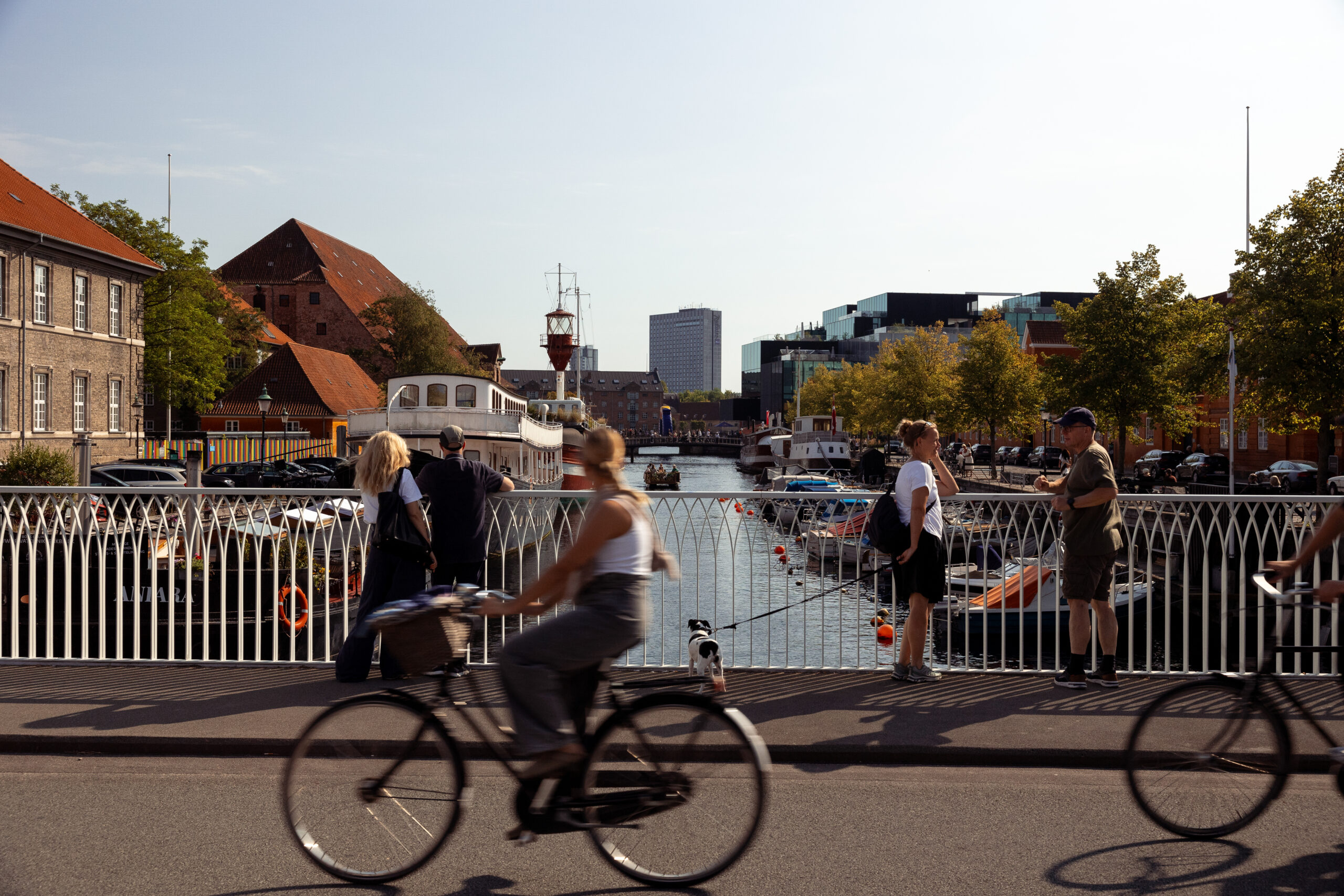Skulls, broken bones, weapons and shields.
In the Alken Enge wetlands of eastern Jutland, archaeologists and geologists from Aarhus University have been unearthing evidence of a violent conflict that dates to around the time of the birth of Christ.
According to Dr Mads Kähler Holst, a professor of archaeology at Aarhus University, skeletal remains of a large army, including a fractured skull and hacked thighbone, are evidence that an ancient violent battle took place at the site. At least two hundred ancient skeletons have been found thus far.
“It's clear that this must have been a quite far-reaching and dramatic event that must have had profound effect on the society of the time,” he explained.
The remains will be exhumed from the excavation site over the coming days, at which point an international team of researchers will attempt to discover who these warriors were, and where they came from by performing detailed analyses of the remains.
“The dig has produced a large quantity of skeletal remains, and we believe that they will give us the answers to some of our questions about what kind of events led up to the army ending up here,” Holst said.
While the archaeological investigation of the site is nearing its conclusion for the year, experts predict that the find is much larger than the area excavated thus far.
Ejvind Hertz, the field director at Skanderborg Museum, who is directing the dig, believes that the find is so substantial that researchers probably won’t be able to excavate all of it. Instead they will have to focus on performing smaller digs to provide a general outline of the events that took place at the site.
The current excavation at Alken Enge will wrap up on August 23. Guided tours are available on Thursdays from 1pm to 5pm.












